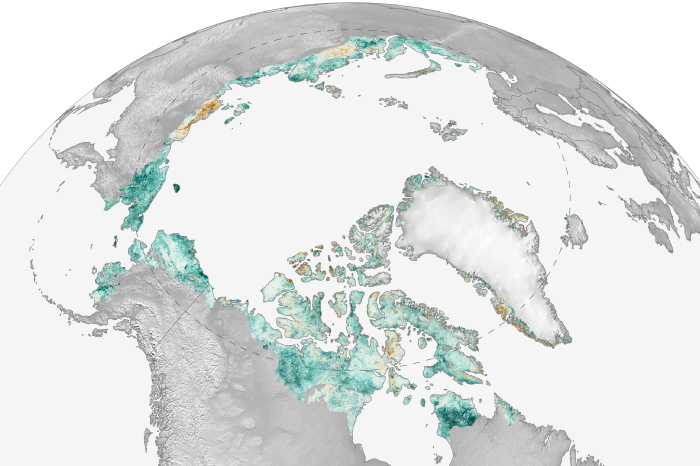
But fires and other disturbances create patches of "browning" in satellites' view of Arctic vegetation.

But fires and other disturbances create patches of "browning" in satellites' view of Arctic vegetation.
Dry conditions were unusually widespread, and total drought area increased by more than 5 percent.
But the Montreal Protocol is working: the hole in our planet’s UV-blocking ozone layer was smaller than those of the 1990s and 2000s.
Northern Hemisphere land areas were record warm, and La Niña left its imprint on global precipitation patterns.
Atmospheric rivers and a powerful Nor'easter brought significant precipitation to the U.S. in October. East of the Rockies, most of the country was warmer than average.
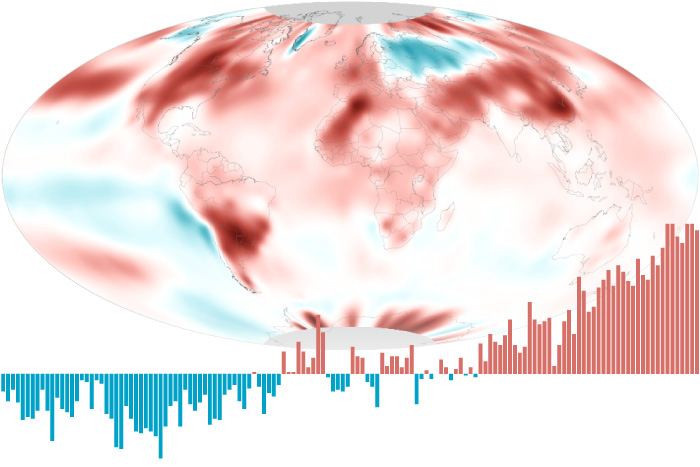
It was the fifth-warmest September on record, and the East Asian summer monsoon was especially wet.
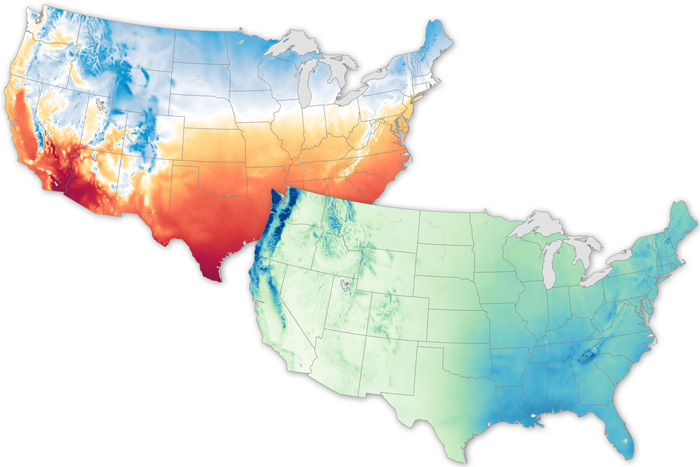
Maps showcase the broad range of climates across the contiguous United States.
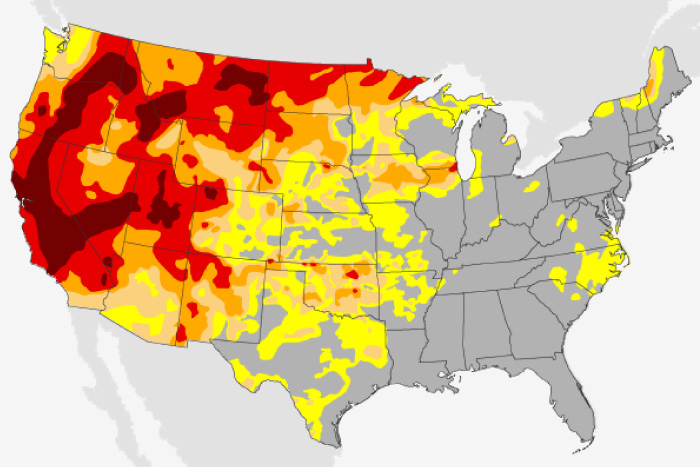
Warmth was widespread across the contiguous United States, while precipitation was a patchwork, with most of the drier-than-average regions in the already-parched West.
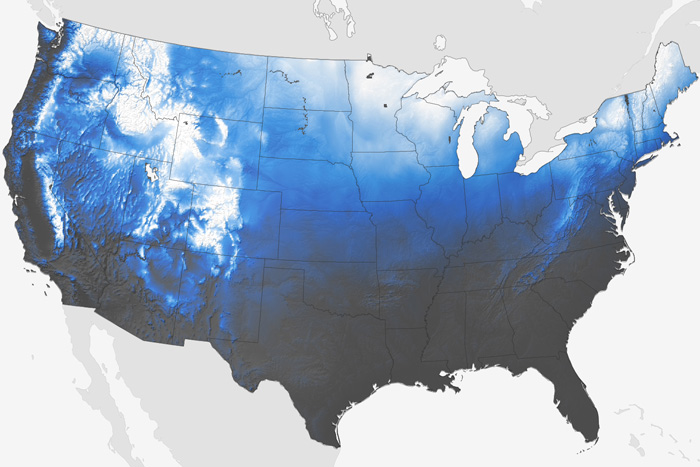
For those of you dreaming of a white Christmas, NOAA has a map showing the historic probability of your dream coming true.